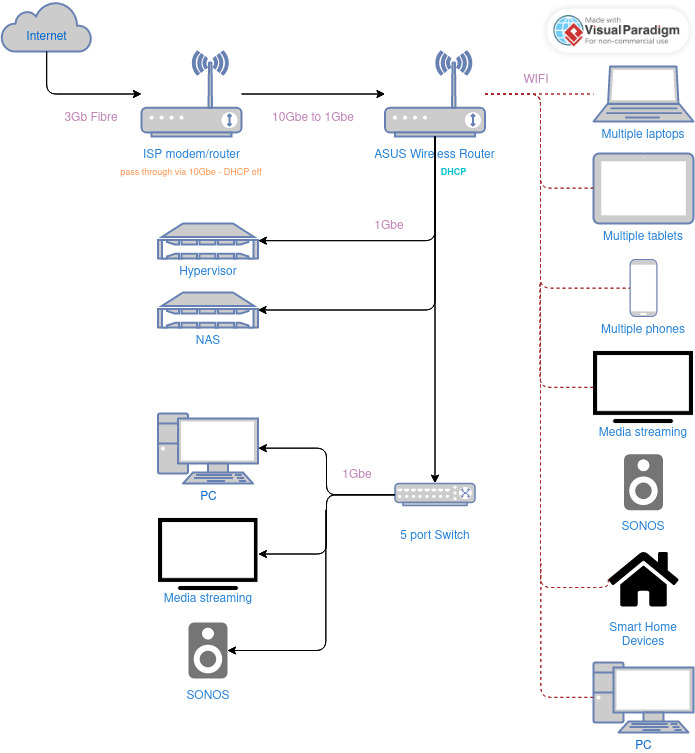Selfhosted
A place to share alternatives to popular online services that can be self-hosted without giving up privacy or locking you into a service you don't control.
Rules:
-
Be civil: we're here to support and learn from one another. Insults won't be tolerated. Flame wars are frowned upon.
-
No spam posting.
-
Posts have to be centered around self-hosting. There are other communities for discussing hardware or home computing. If it's not obvious why your post topic revolves around selfhosting, please include details to make it clear.
-
Don't duplicate the full text of your blog or github here. Just post the link for folks to click.
-
Submission headline should match the article title (don’t cherry-pick information from the title to fit your agenda).
-
No trolling.
Resources:
- awesome-selfhosted software
- awesome-sysadmin resources
- Self-Hosted Podcast from Jupiter Broadcasting
Any issues on the community? Report it using the report flag.
Questions? DM the mods!
view the rest of the comments

Since VLAN isn’t officially part of the standard, you’d need all your network devices support it. And I wanted to give a device-load-balance. So not increase coverage but reduce the amount of devices per AP. Separate SSIDs and VLAN aren’t helping that it just makes it easier to track, wich group is causing the load
VLANs are a standard: 802.1Q. Your client devices don't have to support it, just your switches, routers, and access points. On a switch, you can configure each port to treat untagged data as part of a particular VLAN. Similarly, with a good wi-fi access point, you can add multiple SSIDs each of which is on a different VLAN.
You’re right. I just gave a very simplified answer. VLAN isn’t part of the default network communication and therefore every „node“ needs to support it and be correctly set up, or otherwise the VLAN tag will be removed at that point.
And in my other comment I emphasized, that my main issue with multiple WAP is, to distribute the amount of devices each has to talk to. Multi SSID wouldn’t solve that